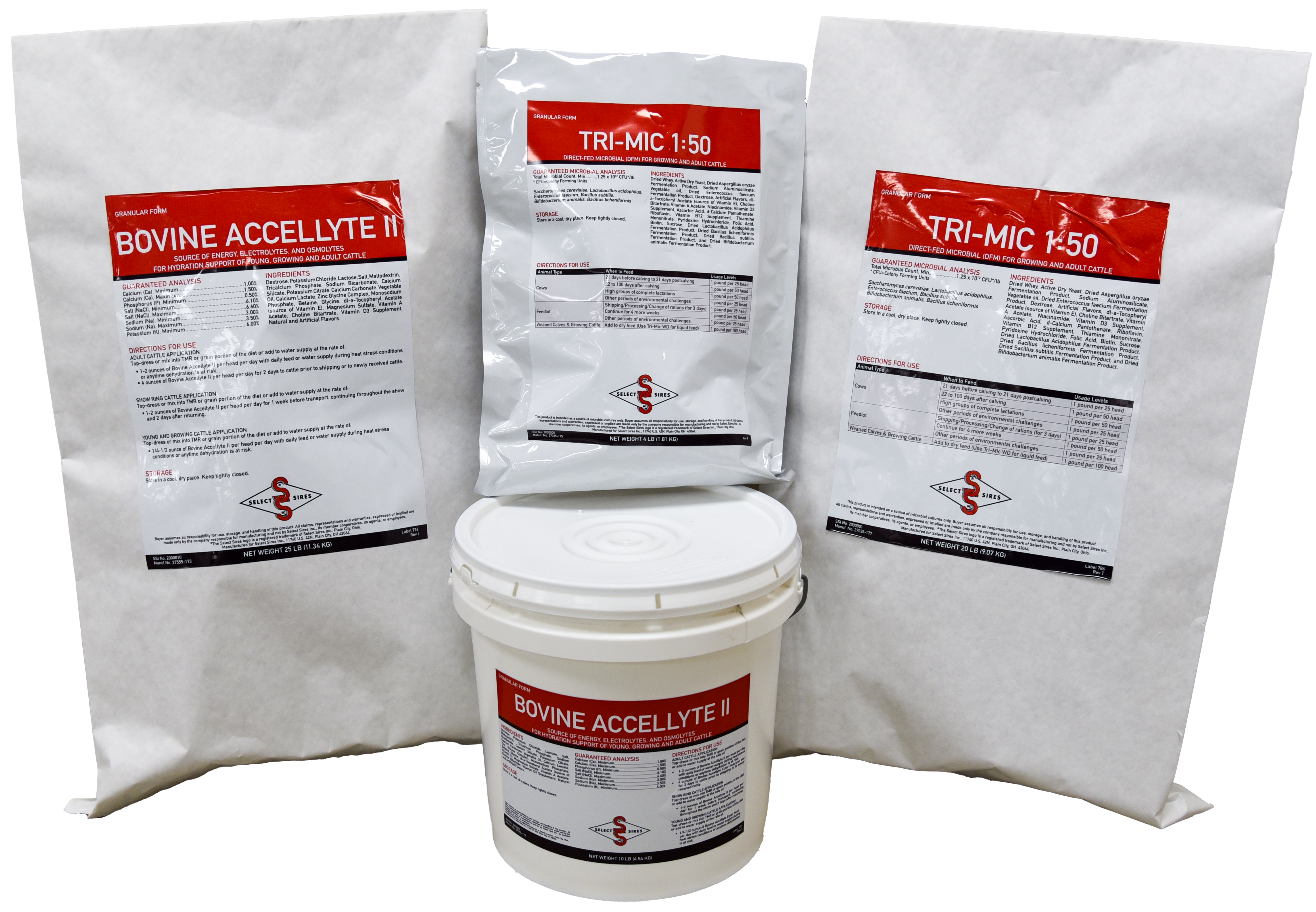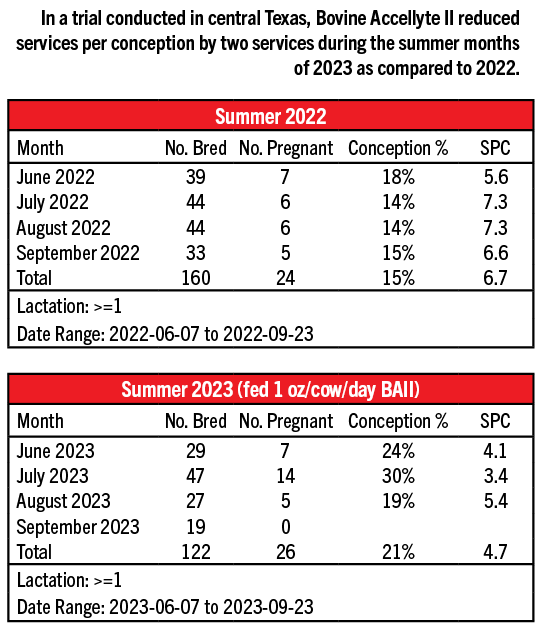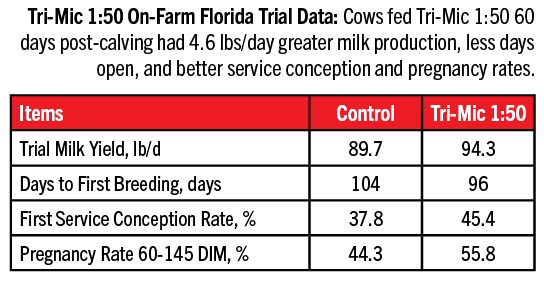 How do cows immediately adjust to heat stress and what are the consequences and risks?
How do cows immediately adjust to heat stress and what are the consequences and risks?
- Cows breathe faster (panting) during heat stress. This rapid breathing lowers carbon dioxide levels in their blood, which reduces a key buffer (bicarbonate) and leads to an imbalance called respiratory alkalosis. To compensate, the body loses more bicarbonate through urine, increasing the risk of rumen acidosis.
- Cows drool and sweat excessively during heat stress, losing important minerals like potassium (K) and sodium (Na). This can further disrupt their body’s balance and lead to metabolic acidosis.
- Cows change their eating pattern during heat stress. They eat less during the day when it’s hot, and they tend to eat more at night when it cools down. This “binge eating” can overwhelm their rumen, again, further increasing the
risk of rumen acidosis.
Strategies to reduce heat stress impact on production and reproduction
BOVINE ACCELLYTE II: Replacing lost electrolytes and restoring the acid/base balance is critical for a normal functioning body. Bovine Accellyte II has all the characteristics of a high-quality electrolyte. It is formulated to enhance water absorption and retention, restore electrolyte levels and reduce the risk of acidosis. It has balanced levels of essential electrolytes Na+, K+, Chlorine (Cl-), and neutral dietary cation-anion difference (DCAD) allied with osmolite technology for water retention. It can be fed to animals of all ages. Bovine Accellyte II helps to maintain animal physiological acid-based homeostasis for optimal performance during heat stress. For more than two decades, it has been shown to combat heat stress symptoms and establish electrolyte balance and cell hydration.

TRI-MIC 1:50: Ensuring regular bunk visits and maintaining rumen health during hot weather can be challenging. Tri-Mic 1:50 provides a direct source of live cell yeast, lactic acid bacteria, and fungal extracts which help support rumen health. Tri-Mic 1:50 has proven to promote bunk visits, sustain feeding patterns, and reduce the risk of rumen acidosis leading to improved rumen health and dietary efficiencies. This maximizes production and reproduction performance. 
Environmental Management Tips
- Shade: Provide ample shaded areas in barns and pastures.
- Ventilation: Ensure fans are working well. Maximize airflow throughout the barn to remove hot and humid air.
- Cooling systems: Incorporate sprinklers, misters or evaporative cooling pads in areas where cows congregate (e.g., feed alleys and holding pens).
- Water tanks in the holding pen: Bovine Accellyte II can be added to the water to stimulate drinking, especially if cows are standing for too long and are additionally stressed.